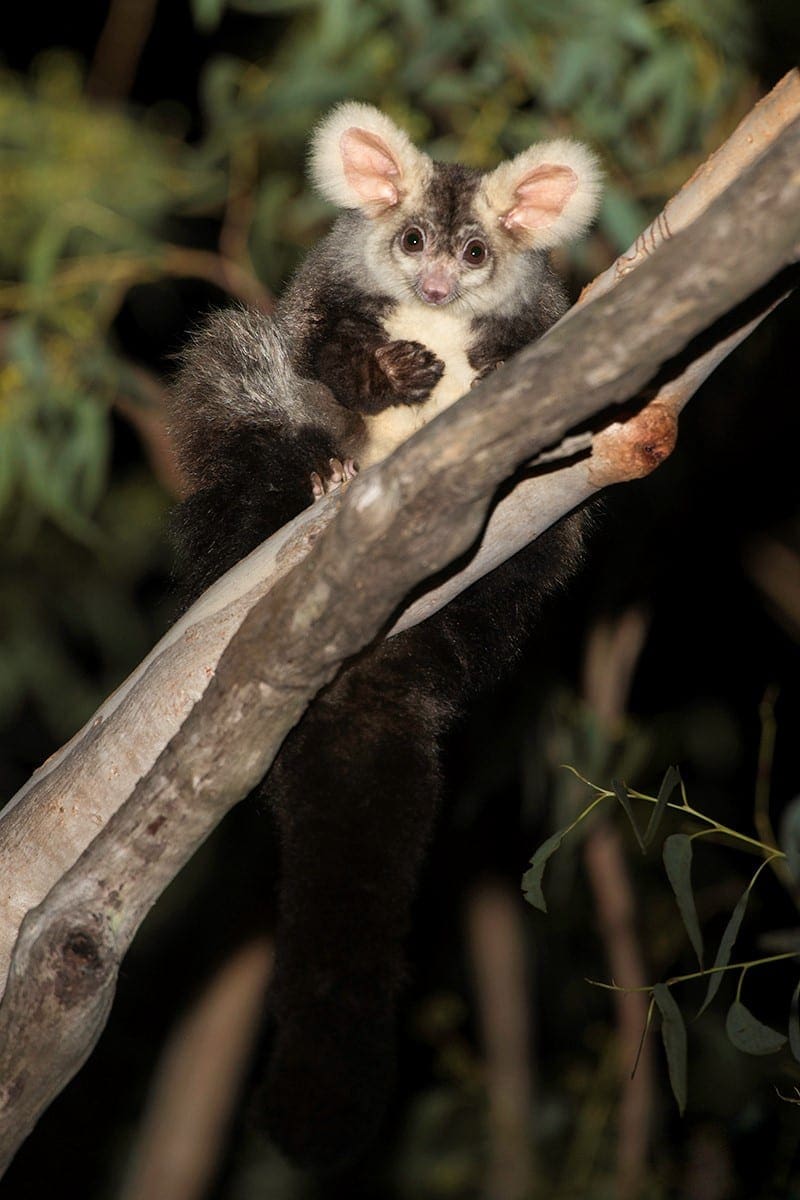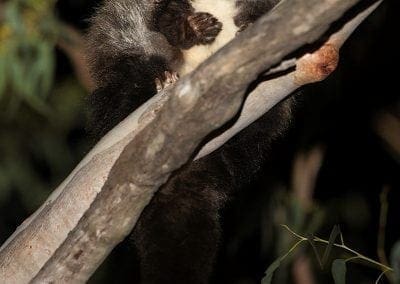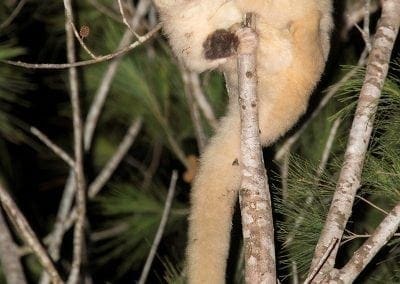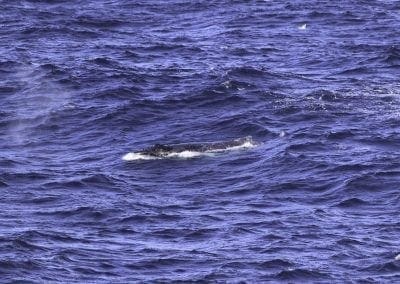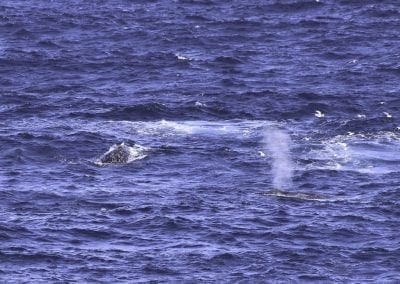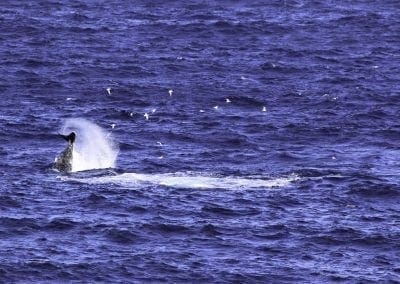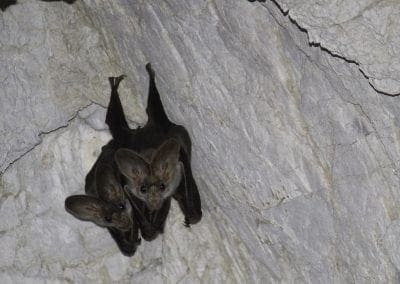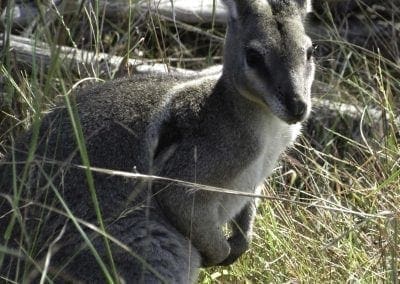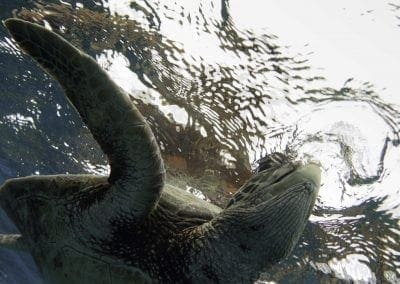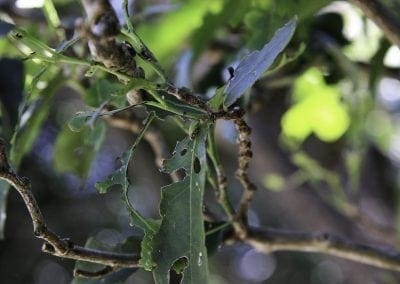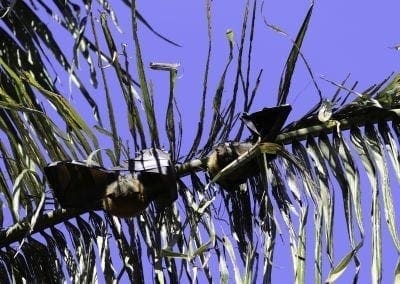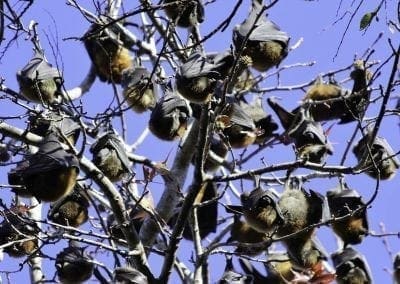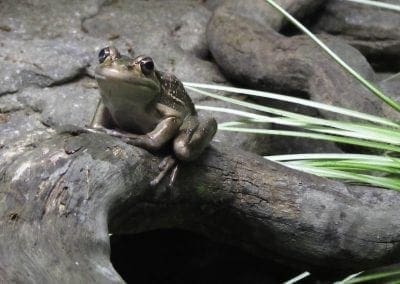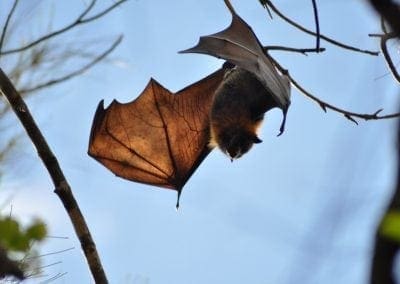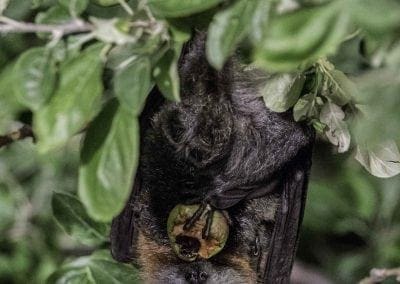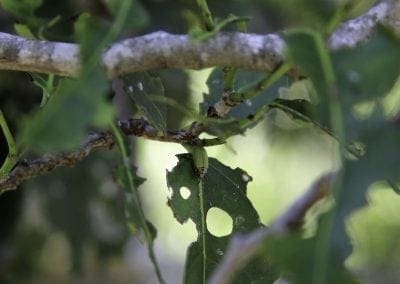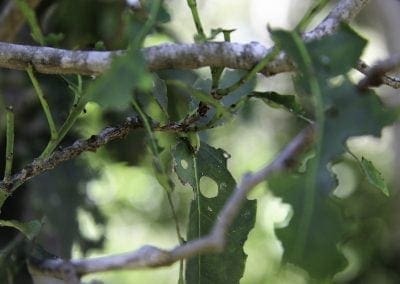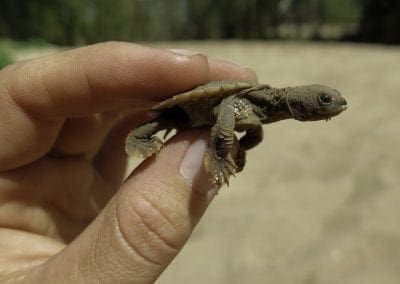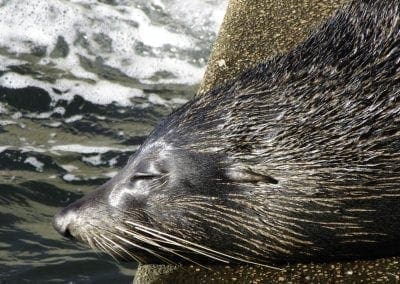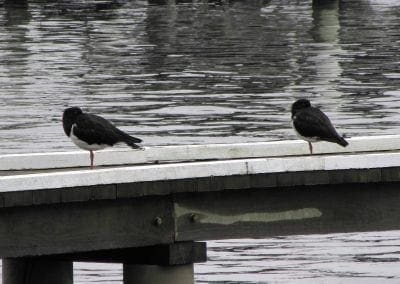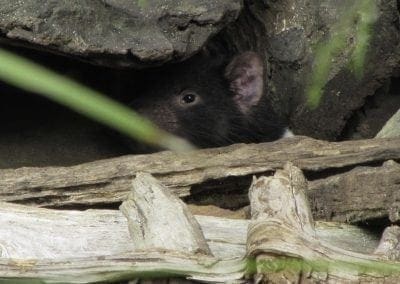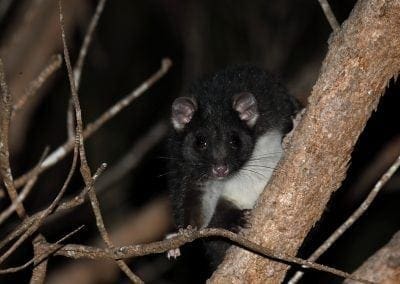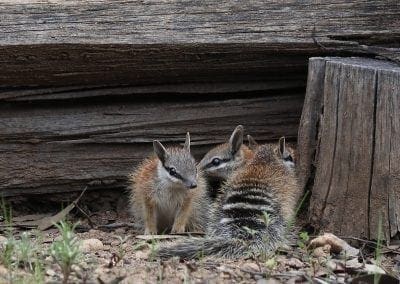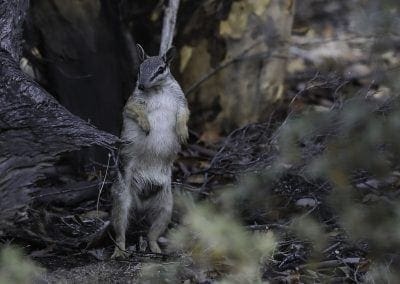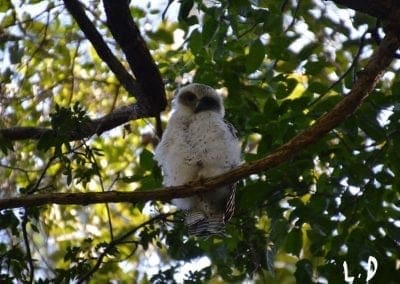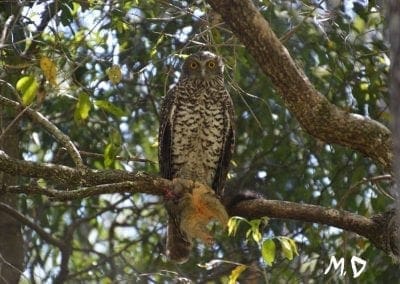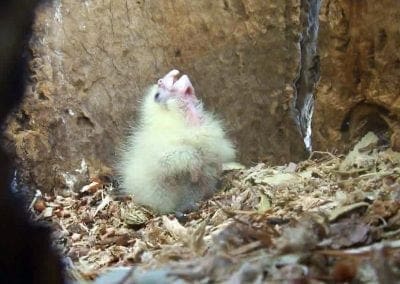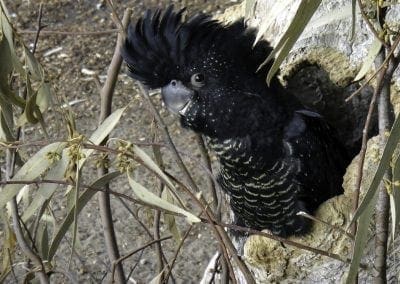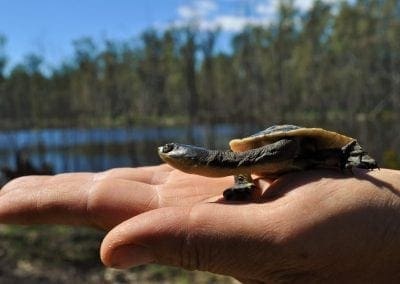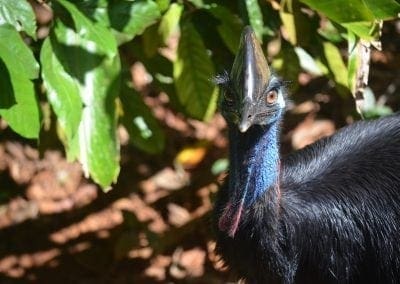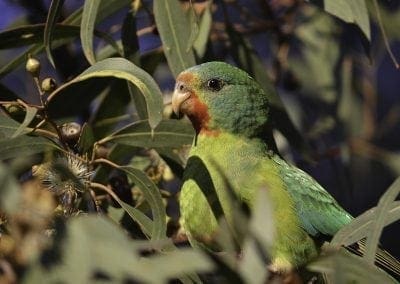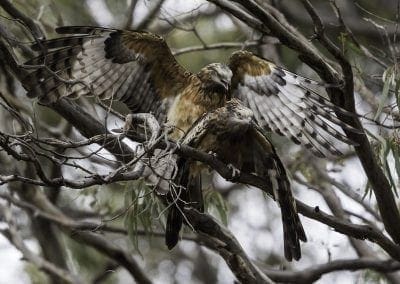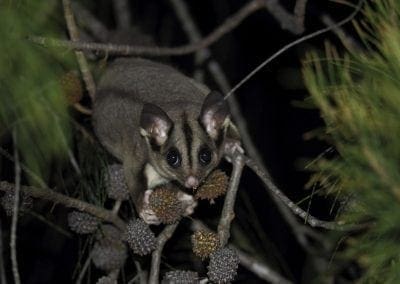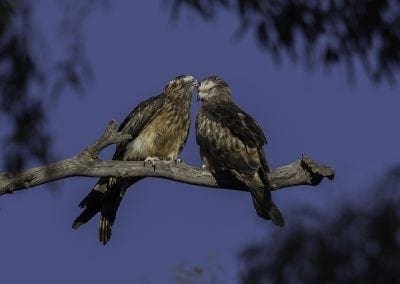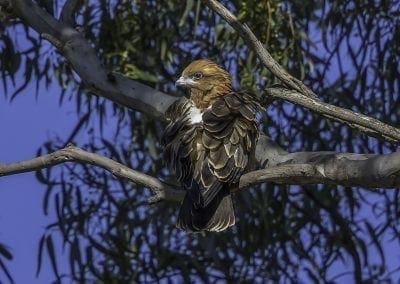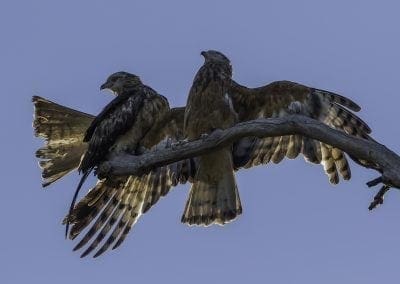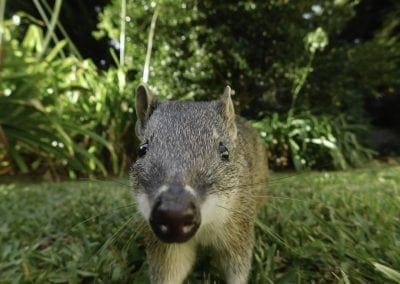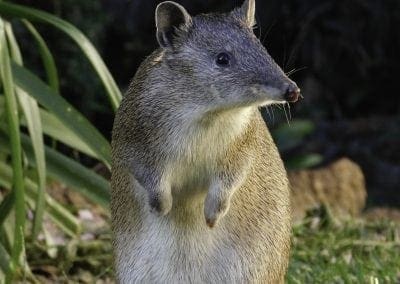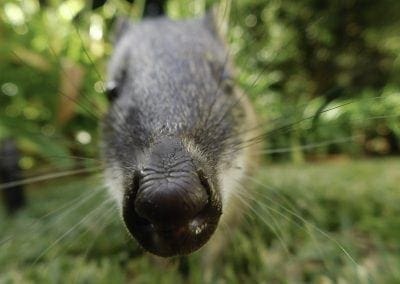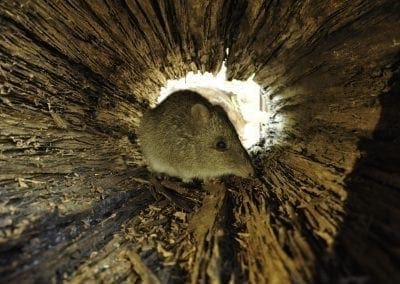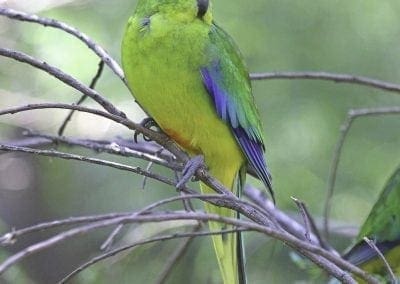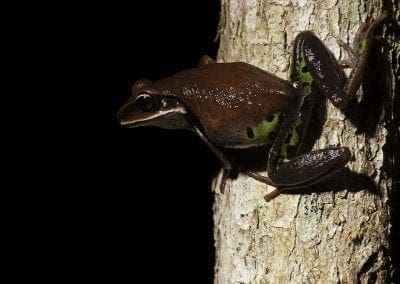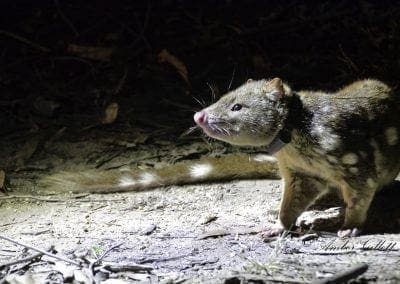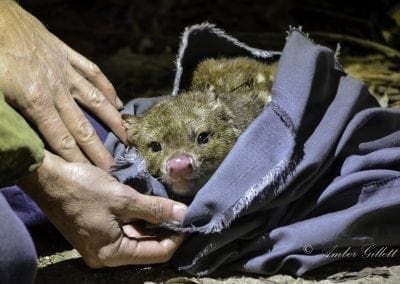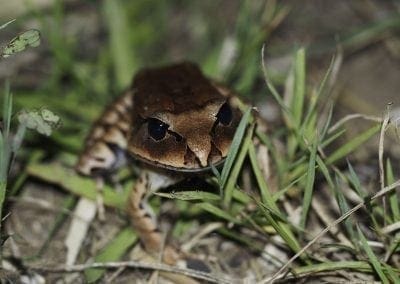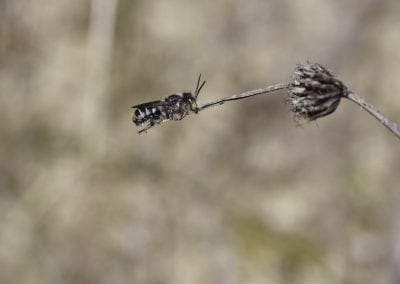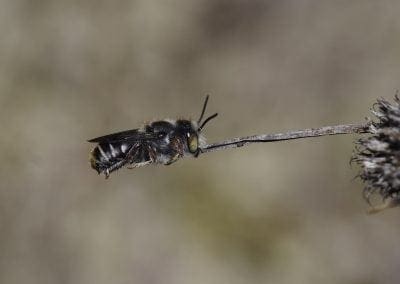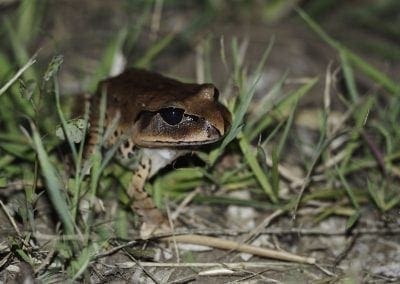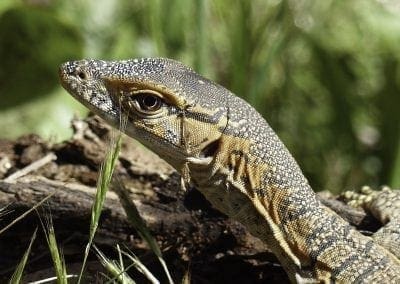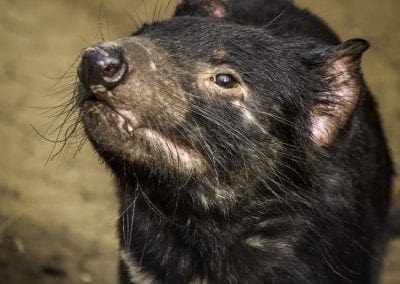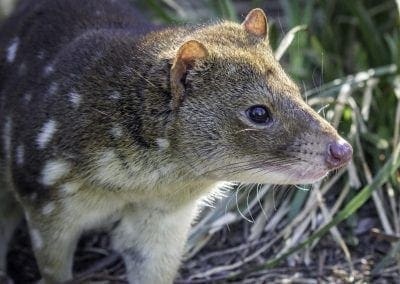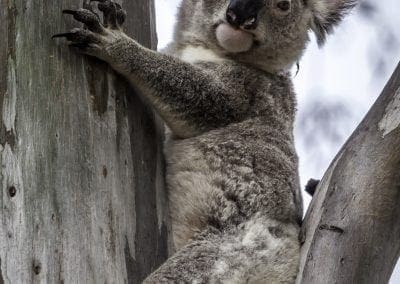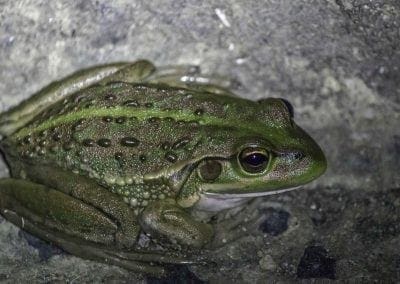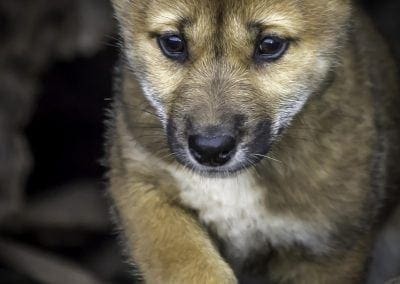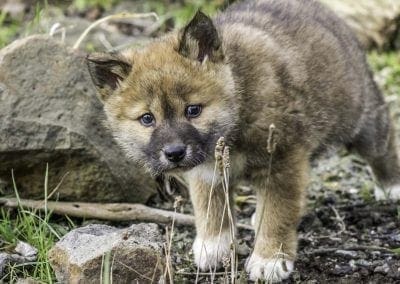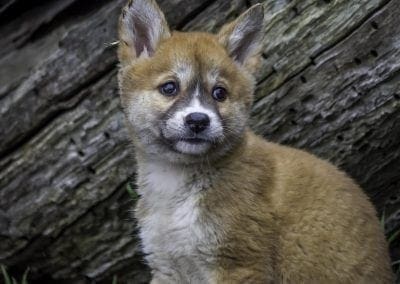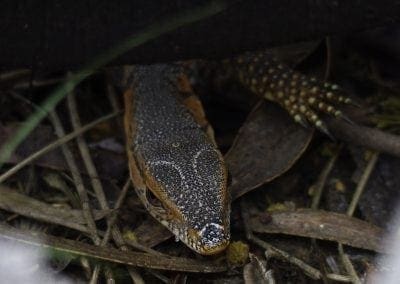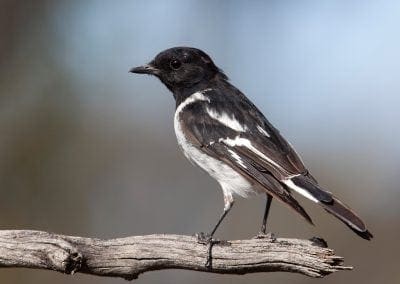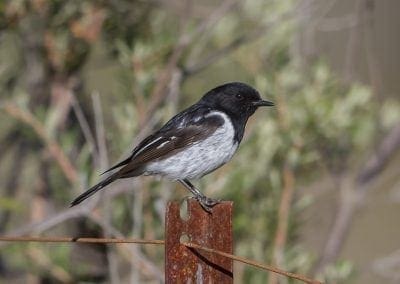Theatened Wildlife Photographic Competition 2017 - Winners and Entries
The Australian Wildlife Society Threatened Wildlife Photographic Competition is a national competition that awards and promotes endangered Australian wildlife through the medium of photography. The Australian Wildlife Society invited photographers to raise the plight of endangered wildlife in Australia. Our Society aims to encourage the production of photographs taken in Australia, by Australians, which reflects the diversity and uniqueness of endangered Australian wildlife.
The annual judge’s prize of $1,000 was won by Native Animal Rescue of Western Australia
(Mike Jones, Black Cockatoo Coordinator).
The winning entry was a photo of a forest red-tailed black cockatoo named
The winning entry was a photo of a forest red-tailed black cockatoo named Makuru. The forest red-tailed black cockatoo (Calyptorhynchus banksia naso) is listed as Vulnerable; only two of the five subspecies of black cockatoo are listed as Threatened on account of habitat destruction and competition for nesting hollows. The photograph was taken in Native Animal Rescue’s Black Cockatoo Facility (opened 2011 thanks to a generous grant from Lotterywest), which allows them to receive and care for injured or ill black cockatoos.
Makuru (a Nyungar word meaning The First Rains or Fertility Season) was the first captive‑born black cockatoo at the facility in July 2016. The photo depicts the young cockatoo emerging from its breeding hollow at two months and 15 days. Thank you to all the contributors to the Society’s inaugural Threatened
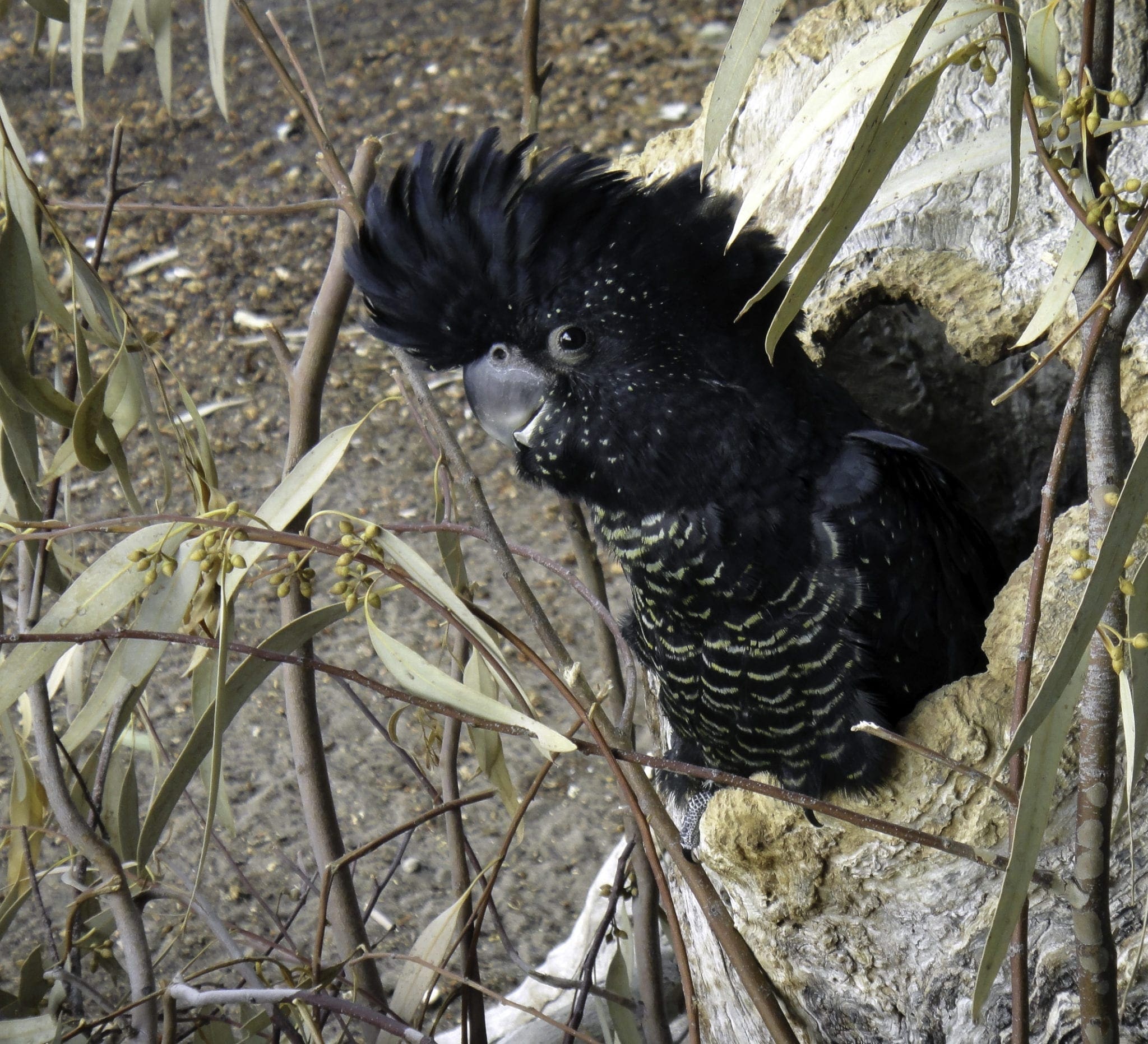
The annual people’s choice prize
of $500 was won by Matt White
Matt’s entry was a photo of a greater glider (Petauroides volans). He photographed the glider in Brisbane,
Queensland.
The reason Matt photographed the greater glider is that they are Australia’s largest glider species and are at great threat of disappearing due to land clearing. The thing he likes about these animals is not one animal is the same and all have various colours. They range from standard black forms to the rare white colour. Their diet consists of eucalypt leaves, similar to the koala, which is also facing big challenges, especially in South East Queensland. Matt believes that our state and federal governments need to do more to stop habitat loss as gliders need hollows which are only found in trees hundreds of years old.
Matt Wright lives on the Gold Coast in Queensland and is an avid wildlife photographer. He spends most of his free time out amongst nature looking for wildlife to learn about and photograph. He enjoys the challenges of trying to find the animals in the specific habitats they live in and even more trying to get a beautiful image of them.
